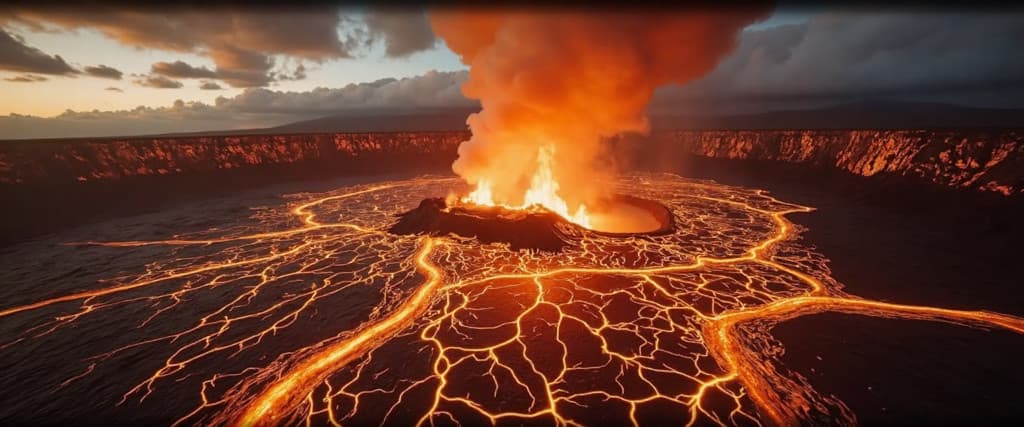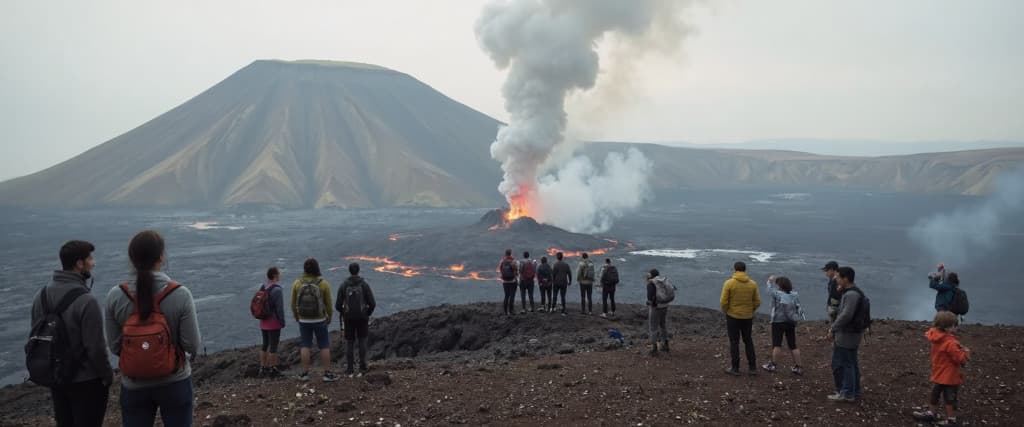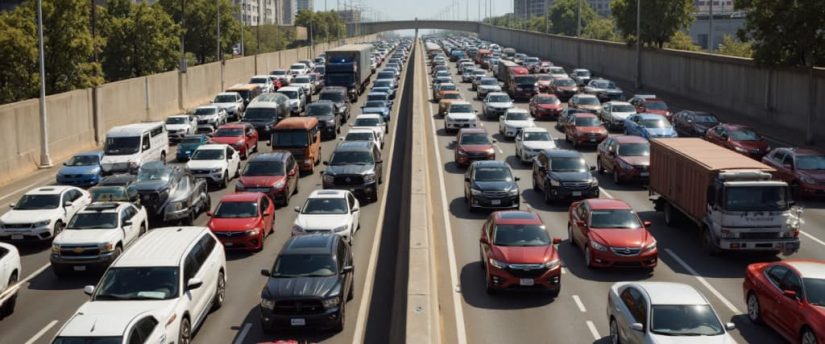Volcano Eruption in Hawaii: What You Actually Need to Know to Stay Safe
So, you’ve booked that dream trip to Hawaii. Palm trees, fresh poke, black-sand beaches — and then you hear the word eruption. Whether you’re a thrill-seeker drawn to volcanic activity or a sun-chaser who accidentally landed on the Big Island during one of Pele’s fiery shows, here’s what you really need to know. This guide will walk you through how to stay safe, whether you’re planning a volcano-viewing hike or your reroute.
If You’re Planning to View a Volcano Up Close
Volcanoes may be mesmerizing, but they don’t come with warning signs like theme park rides. Before you set off with your hiking boots and GoPro, take a moment to do your homework.
First, get familiar with the island’s volcano monitoring system. The Hawaiian Volcano Observatory (HVO) is your go-to source for real-time updates, risk zones, and access alerts. Not all lava flows are open to the public — and the ones that are can change quickly. Stick to official trails and know where exclusion zones are.
Next: gear up properly. This doesn’t mean just a water bottle and sunscreen. You’ll want long sleeves, pants, a well-fitted mask or respirator, goggles, and a basic first-aid kit. Volcanic ash isn’t just dirty — it’s sharp, can damage lungs, and irritates the eyes and skin. You don’t want to learn that mid-hike.

If you’re serious about the experience, go with a licensed local guide. They’re not just trail experts — they’re often in direct contact with emergency services and get updates faster than tourists scrolling Twitter. Ask questions. Don’t assume they’re briefed. Some volcanoes, like Guatemala’s Acatenango or Vanuatu’s Yasur, require you to be with a guide by law. Hawaii may not, but it’s still smart.
And finally, always, always know your exits. Look up evacuation routes before you head in. In emergencies, river valleys become channels for fast-moving debris, and road closures can leave you stuck. The volcano isn’t waiting for you to finish your hike.
Volcano Safety Don’ts
- Ignore roadblocks, hazard tape, or “trail closed” signs — they’re in place for your safety.
- Rely solely on your smartphone for information. Power outages and downed cell towers are common during eruptions.
- Get close to flowing lava or steam vents, even if others appear to be doing so. Appearances can be deceptive, and conditions change quickly.
- Fly drones in restricted areas or near emergency operations. It’s illegal and can interfere with rescue efforts.
- Take lava rocks or black sand as souvenirs. Not only is it illegal, but many locals believe it brings misfortune.
- Assume you can outrun lava or lahars. The best way to stay safe is to avoid danger zones in the first place.
If You’re Trying to Get Off the Island Safely
Caught in a sudden eruption? You’re not alone — Hawaii is an active volcanic region, and even locals sometimes need to scramble. The key is preparation, not panic.
Start by tuning into local alerts. This means radio (battery-powered, ideally), official websites, and local news. Don’t rely solely on your phone — power and cell towers can go down fast. Follow any sirens or public warnings without delay.
If evacuation seems likely, gather your emergency kit. This includes a week’s supply of any critical medications, extra water, snacks, a flashlight, and first-aid supplies. Make sure your car is ready: full gas tank, spare tire, and jumper cables. If you don’t have a vehicle, make arrangements now — not later.

Pets? Don’t leave them behind, but know that not all shelters allow animals. Research your options in advance. Same goes for livestock — move them to enclosed areas if possible.
Inside your home, fill tubs and sinks with water (it’ll be useful if supply is cut). Turn your refrigerator and freezer to the coldest settings. If time allows, shut off gas, electricity, and water before leaving.
No green light for evacuation yet? Then shelter smart. Choose an interior room above ground level — volcanic gases can settle in low places — and close all windows and vents. Stay connected. Even during shelter-in-place, things can escalate quickly. Have a landline nearby if possible, and keep your emergency contact informed.
It’s not about overreacting — it’s about not being the one caught unprepared when roads close, ash rains down, or flights are grounded.
The Bottom Line
In Hawaiian tradition, volcano eruptions are not just geological events — they’re the living breath of Pele, the goddess of fire. Her eruptions are sacred, fierce, and never to be taken lightly.
You don’t have to believe in volcano gods to respect the mountain. Whether you’re visiting Hawaii for adventure or accidentally get swept into nature’s spectacle, safety isn’t someone else’s job — it’s yours. Stay informed. Pack right. Ask questions. And when in doubt? Don’t go chasing lava.
